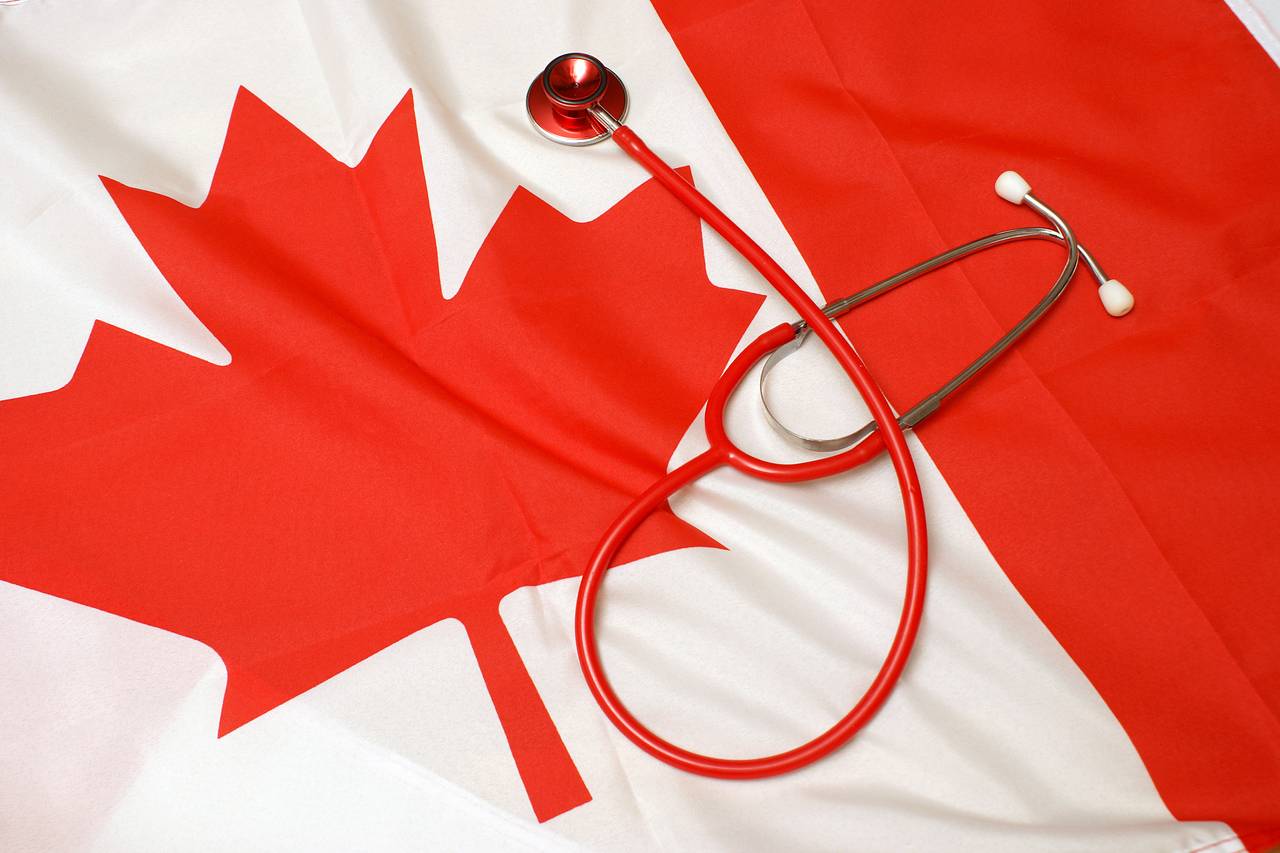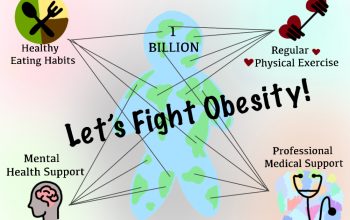An outsider’s perspective on the Canadian healthcare system
Charlie Mitchell CONTRIBUTOR
Image: iStock / GETTY IMAGES.
Being an international student has many unique challenges. A new culture and new people can make being in a new country feel daunting and overwhelming. For example, something as fundamentally necessary as health care can create a steep learning curve and adjustment period.
Fortunately, for my first two years in Canada I didn’t need to receive health care. However, starting this year, I have had my first experiences with globalized medicine. On paper, free health care for everyone seems like a good idea. However, upon closer inspection, the implications of this kind of society leads to mediocre care for the entire society rather than adequate care for most of society.
In my first experience with the Canadian healthcare system, my immediate observation was how long it takes to receive care. When I first went to the clinic I did not have an appointment, so I anticipated an long wait. Typically, in the United States, wait times are about half an hour. Little did I know that I would be in the waiting room for over three hours. Additionally, the doctor seemed very disinterested and unwilling to run any tests despite my symptoms. He didn’t check ENT basics and, if I hadn’t contacted my family doctor from back home prior to the examination to get a blood test request, they wouldn’t even have done that. If someone is ill for over three weeks, any doctor in America would immediately order further testing.
Regarding that illness, I was required to contact the clinic periodically to find out when my results were ready. This is impractical, and it seems as if the clinic could not be bothered to follow up with the patient. Additionally, I had an appointment scheduled to pick up the results. However, I still had to wait two hours for a single sheet of paper. This is absolutely absurd and a complete disrespect for my time.
After this experience, I thought maybe this was an unusual, single negative encounter. A few months later, I had to go to the emergency room for a sports-related injury to my back. I was seen much quicker at the packed emergency room than the walk-in clinic, but the assessment process was the same. A lack of competence to perform basic medical procedures such as an X-ray on a back injury was evident. Both my family doctor and the doctor who saw me at my follow-up at the walk-in clinic seemed shocked that an X-ray was not performed.
The bad experience was not limited to just medical assessment and expertise. My initial X-ray referral came from my family doctor in the U.S., so I went to the University of Toronto clinic to ask them about where to go to have the X-ray done and if they would accept the American referral. They told me they would accept it, so I walked to the place they recommended. Upon arriving there, I found that they would not accept the American referral after all, which forced me to go to another clinic to get the proper referral. This infuriated me since it was another instance where the right hand didn’t seem to know what the left hand was doing in the Canadian healthcare system. To make matters worse, I had to wait nearly a week to get the X-ray results back. I again had to call them to ask for the results since they would not call me when they were available.
I hear the argument all the time that Canadian health care is better because it is free. Let me tell you, I would gladly pay my $20 co-pay and get prompt, proper service any day.
Charlie Mitchell is an international student at the University of St. Michael’s College (USMC) from the United States. He is double majoring in computer science and statistics with a minor in math. He is involved in many things, including being a Residence Don, the Intramural Representative for St. Michael’s, and he is participating in the Count Me In program.




